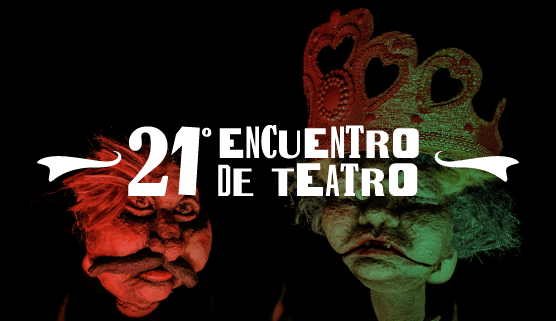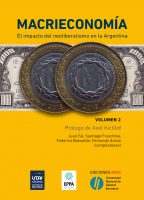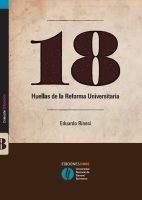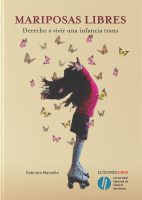La fumigada, las granjas y el molino. Pertenencias y construcciòn social del riesgo en un pequeño pueblo entrerriano
Changes which have taken place in agricultural production model in the last thirty years have motivated a great controversy around the risk that the intensive use of agrochemicals imply for rural population. From "science" the response is limited and usually tends to be safeguarded by the fact that there is not enough evidence to conclude that the health damages attributed to these products are true. They usually attribute the risk to the specific fact of "misuse of the product", beyond the product itself. For these "productivist" type of positions, the focus of the problem is the practice itself and the conflict can be solved by the proper use of these technologies under the guidelines of good agricultural practices. On the other hand, from social groups who express concern about these issues, clearly the position is the opposite. The practice itself does not seem to be the most questioned, although it is the object itself. Even from discursive -according to the position taken in this respect- the same object can be called in different ways: agrochemical or agro-toxic. Around this binary logic is also grouped most of the works that address the subject. The presence of dichotomous logics that give shape to discourse and practices, clearly shows the unresolved tension around this matter.
My thesis is not intended to settle this controversy. I intend to understand how it plays in the local construction of the notions of risk and how it stresses the sense of belonging in Santa Anita, a small town in Entre Ríos. What is proposed is to present Santa Anita as a study case to address a sociocultural problem that responds in a certain way to the change in production patterns in the Argentine agricultural sector. That is, these problems that are reflected in this community with certain particular features respond to a general problem that results from the change in the productive model.
Santa Anita is a rural town of less than 2000 inhabitants. The origin of its inhabitants corresponds to the Russian-German immigration of principles of 1900 and responds to different colonization pattern from the rest of the neighboring localities since it was founded by a catholic priest. Santa Anita seems to be a community in which order guides them, as do their common interests, threats and fears.
This community with a deep rooted in its origins and traditions, with a strong need to always keep in the present its past, with the threats that they perceive from the "outside" and from the community itself, also presents internal divisions in their fears. Not everything in this community is unity and belonging. There is a risk that divides and fragments them. This risk operates as a symptom of the constitutive tensions of perceptions they have about themselves, of their ways of interpreting their past, of the way of imagining their place in the world and to project their future. It is the risk that they perceive around the application of phytosanitary products used in agricultural production. There is tension between producers, residents, agrochemical application service providers and environmentalists for peri-urban sprayings in agricultural areas. There are two sides coexisting and the preservation of the community depends on their coexistence. This makes the topic of spraying a "silent issue", that is where the community remains silenced.
The purpose is to investigate how this notion of risk is socially constructed and how that notion of risk builds "community". This is the problematic knot that this research seeks to address. In this context, it is worth asking about the articulations and tensions between the social construction of risk and the constitution of this community. In other words: how those risks build community and, at the same time, put into play the representations on which local actors affirm their belongings.
The tensions within Santa Anita never generate exposed fractures because conflict is not a constituent element of this community, and silence is a central tool for the "survival of the community". And it is in this sense that the tension around agrochemicals is manifested as an emerging issue that is linked to the presence of external elements - from outside - that puts the community in question and in "risk" to some of its elements. These matters make them as different from others; puts their sense of belonging at risk. The biggest risk which this community perceives, and that it tries to avoid permanently, is its own disappearance.







